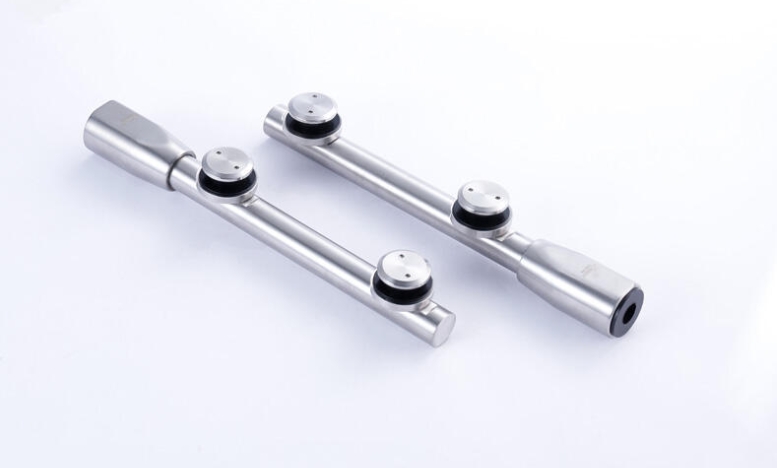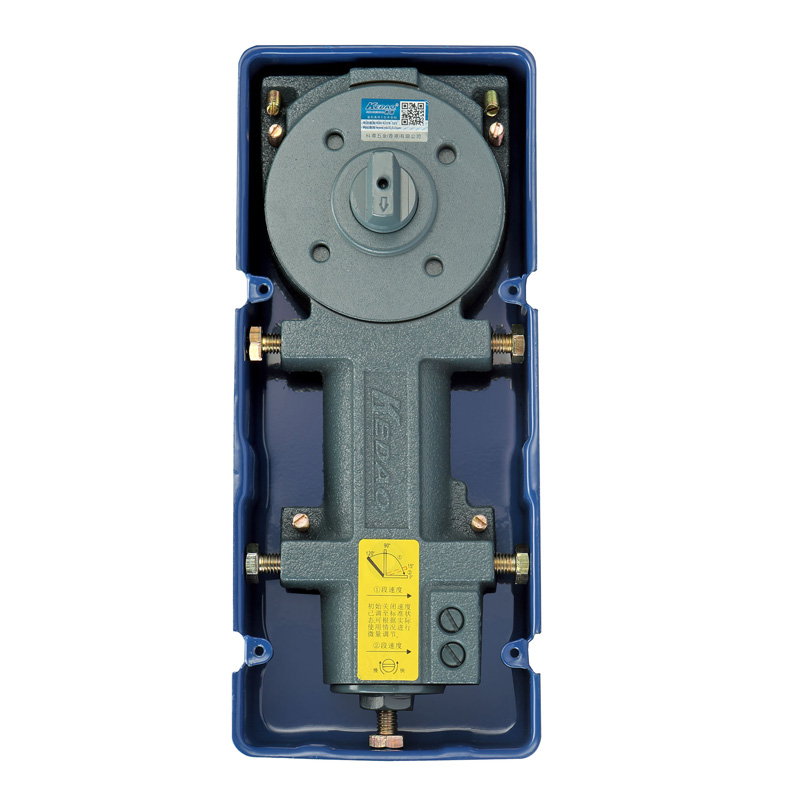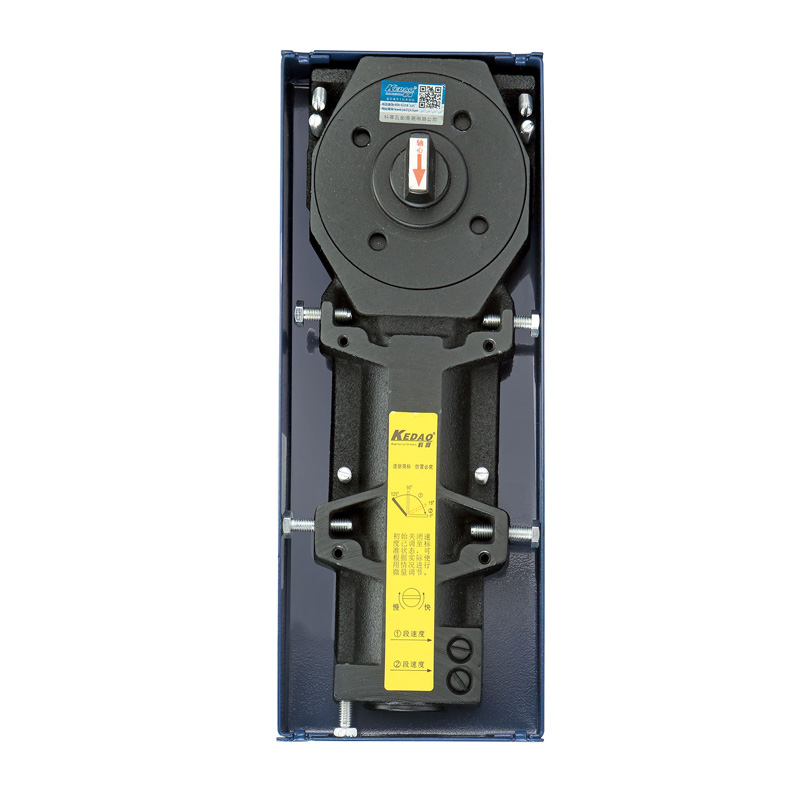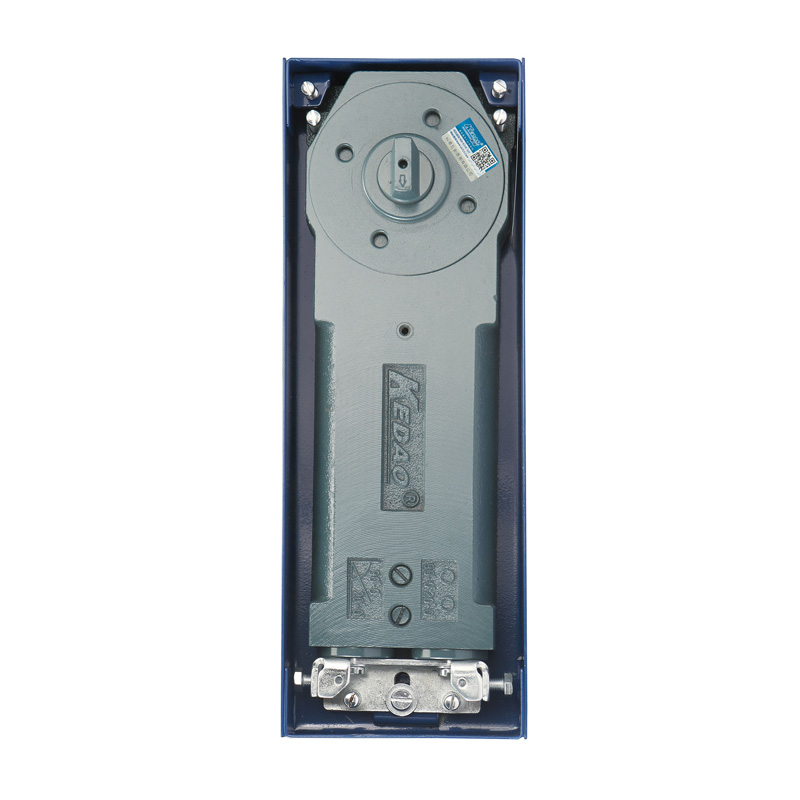Back to back door knobs, also known as double-sided knobs or two-sided knobs, are a type of door hardware that features a knob or handle on both sides of the door. Unlike regular passage or privacy knobs that have a knob on one side and a plain plate on the other, back to back knobs provide a symmetrical look and allow the door to be opened from either side.
What Are Back to Back Door Knobs?
Back to back door knobs consist of two knob halves that are connected through the door, usually with a threaded post or bolt. One side has a knob with a threaded post that goes through the door, while the other side has a knob with a threaded receptor that screws onto the post, securing the two knobs together with no visible mounting screws.
The knobs can come in various styles, such as round, oval, square, or tubular, and different materials like brass, stainless steel, glass, or crystal. Decorative back to back door pulls are also available, which feature a larger graspable handle on each side instead of a knob.
How Do Back to Back Knobs Work?
Back to back knobs work by connecting the two knob halves through the door with no visible screws or latching mechanism. When the knob is turned, there are no moving parts inside the door. The knob simply rotates freely on the post or bolt.
To install, holes are drilled through the door at each mounting point. The post is inserted through the hole and a knob is threaded onto each end until tight, sandwiching the door in between. Set screws in the knob collar provide extra security. For glass doors, rubber pads protect the glass in addition to metal washers.
Since there is no latch, back to back knobs are non-locking and do not provide any security. They are mainly used for decorative purposes or on doors that don't require a latching function. If latching is needed, a small ball catch or magnet can be used to keep the door closed.
Where Are Back to Back Knobs Used?
Back to back knobs are commonly used on doors where a knob is desired on both sides for aesthetics or functionality, but a locking mechanism is not needed. Some typical applications include:
- French doors or double doors leading to a patio, balcony or garden
- Closet doors, pantry doors or shallow storage cabinets
- Interior doors between rooms like dining rooms and kitchens
- Commercial restroom doors or office doors
- Glass doors where regular latches aren't suitable
In these situations, a back to back knob provides a clean, attractive look and allows the door to be pulled open from either side. The double-sided design is also ideal for doors that are too narrow to accommodate the depth of a regular knob and latch assembly.
Back to Back Knob Styles
Back to back knobs come in a wide variety of styles to match any décor, from traditional to modern. Popular options include:
- Glass Knobs: Clear, cut glass knobs in round or fluted shapes for a vintage look
- Crystal Knobs: Multifaceted crystal knobs that sparkle with reflected light
- Metal Knobs: Sleek, round brass or stainless steel knobs for a contemporary style
- Tubular Handles: Straight, minimalist bar handles in various lengths and diameters
- Decorative Pulls: Ornate cast bronze, pewter or porcelain handles with intricate details
Mixing and matching knob styles on different doors is a great way to add visual interest throughout the home. Glass knobs can bring elegance to formal dining rooms, while streamlined bar handles work well on modern interior passages. The wide selection ensures there's a perfect knob style for any setting.
Installing Back to Back Knobs
Installing back to back knobs is a relatively simple DIY project that can usually be done in under an hour with just a few tools. The basic steps include:
- Marking: Decide on the knob position and mark the mounting holes on the door. For pulls, the fixing centers must be measured and marked.
- Drilling: Drill through the door at each mounting point using a 10mm or 3/8" drill bit. Make sure the holes are level.
- Inserting Post: Pass the threaded post through the hole, adding a metal washer on each side. For glass, use rubber pads first, then the washers.
- Attaching First Knob: Place one knob over the post and screw it on until tight. You may need to cut the post to length first.
- Attaching Second Knob: Place the other knob over the post and tighten the set screws to secure it in place. Tighten until snug, but do not overtighten.
With the mounting hardware concealed inside the door, back to back knobs provide a sleek, seamless look that is both stylish and functional. By following the manufacturer's instructions and taking accurate measurements, even a novice DIYer can achieve professional-looking results.
Dummy Knobs vs. Back to Back Knobs
Dummy knobs are similar to back to back knobs in that they don't have a latching function and are used mainly for decorative purposes on doors that don't need to lock. However, dummy knobs only have a knob on one side of the door with a plain plate on the other side. They mount to the door's surface with visible screws.
Dummy knobs come in both half dummy and full dummy configurations:
- Half Dummy Knobs have a single knob on one side of the door. They are often used in pairs on French doors or bi-fold doors.
- Full Dummy Knobs have a knob on each side of the door but the two knobs are not connected. The mounting plates simply screw to each side of the door surface.
In contrast, back to back knobs have a knob on each side that are physically connected through the door, providing a cleaner, bolt-through look with no visible screws. They also feel sturdier since the knobs are secured to each other rather than just the surface of the door.
So while dummy knobs and back to back knobs are both non-latching, back to back sets provide a more seamless, higher-end appearance, making them a popular choice for interior doors or glass patio doors where latching isn't required but a matching knob on each side is desired.
Conclusion
Back to back door knobs are an attractive, versatile hardware option for doors that don't need locking functionality but could benefit from having a knob on both sides. By connecting two knob halves through the door, they offer a sleek, symmetrical look with no visible screws or plates.
Available in a range of styles from glass to metallic to match any interior design scheme, back to back knobs enhance the look of French doors, double doors, closets and more while allowing them to be opened from either side. Their bolt-through installation also provides a sturdy feel that dummy knobs can't match.
Whether you're replacing old doorknobs during a renovation or looking for the perfect hardware for a new build, back to back door knobs are an excellent choice to add both beauty and function to your home's interior doors. With so many finishes and designs to choose from, you're sure to find the ideal back to back knob set to elevate your space.






